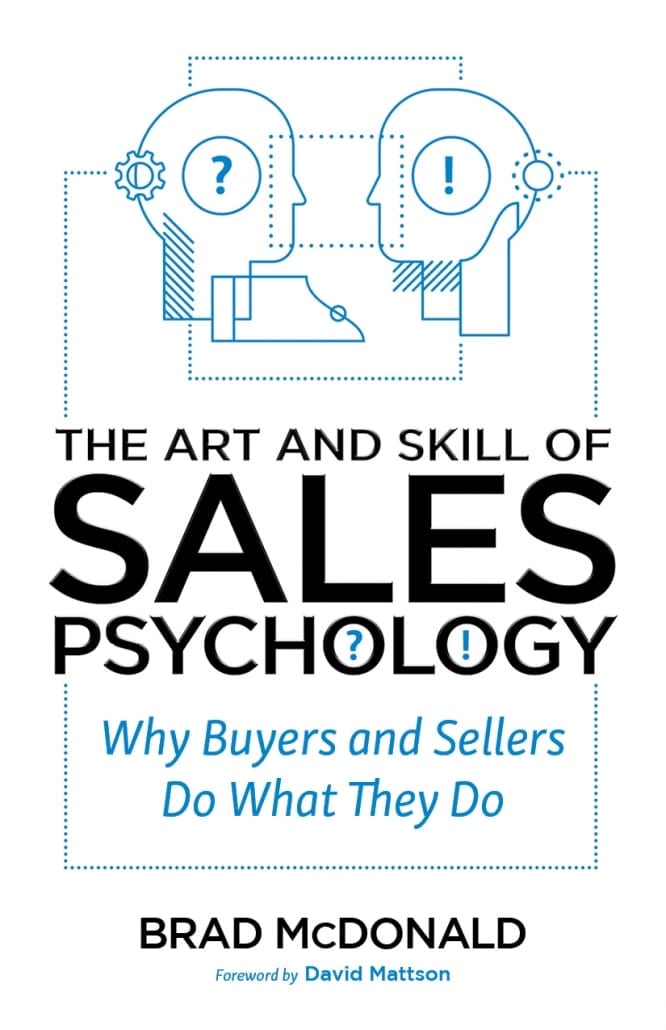Top 5 Facebook ads strategies for ecom or dropshipping

As the first thing, you need to understand that Facebook advertising is completely different from Google advertising. If you are familiar with Google advertising, you will not be able to apply the same strategies in here to end up with positive outcomes. You must be aware about the specific strategies, which can help you gain positive results in Facebook.
Here is a list of 5 such effective Facebook ads strategies that you can follow for dropshipping or ecommerce. All these strategies can provide amazing returns to you and you will be able to go ahead with any out of them.
1. Make sure that you create a sense of exclusivity
Facebook is all about exclusivity. Therefore, you need to make sure that your advertisements on Facebook are also in a position to create a sense of exclusivity. This can provide you with a clear advantage by being on a social media network such as Facebook. You should always provide exclusive content via the Facebook ads. This can consume a lot of time and effort. But when you compare it with the returns that you get, you will be able to have a clear idea about the benefits that come on your way.
2. Highlight before and after
In the Facebook advertisements, you need to highlight the conditions that exist before a specific action and the conditions that exist after a specific action. No matter what kind of a product you are trying to promote with Facebook, you need to take it out of the box and snap a photo to be uploaded to Facebook. Then you need to snap another similar photo after you use the product. Both these photos should be combined and uploaded on Facebook.
For example, assume that you are going to sell running shoes through your ecommerce store. The first thing you need to do is to take out the running shoes, keep them along with the wrapping and then capture a photo. Then you need to take another photo, which indicates a person wearing the running shoes. This photo should be taken with a nice background behind it. If you can follow this strategy, you will be able to get the best possible results out of your Facebook advertisements.
3. Receive benefits from the fame of your competitors
When you are promoting a dropshipping or an ecommerce business on Facebook, you need to pay special attention towards the competition. However, you will be able to take advantage from the fame of your competitors.
Many people worry that having famous and reputed competitors is a disadvantage. That’s because people often tend to go ahead with the brands that they can easily recognize. However, you will be able to talk about those recognizing brands and then tell that there is something even more interesting and better. With that approach, you can promote your product. This will provide you with a better opportunity to grab the attention of your audience.
All you have to do is to upload a post with information related to the product offered by your competitor. Inside the post, you can promote your product according to the above-mentioned approach.
4. Highlight the contrast
You must be selling variant or customizable products through your ecommerce store. In such a situation, you need to make sure that you upload Facebook advertisements, which highlight the contrast between them and the ordinary products available in the market.
You can even do with the help of exact same shoes as well. All you have to do is to introduce the different colors and textures, when your customer keeps on scrolling through. This can give life to an outstanding advertisement in the long run. It can also highlight all the variants that you have got for sale under your store as well.
However, you need to understand that it is not possible to receive effective results by paying attention only towards the colors. You should also take a look at the fonts and background colors as well. That’s where you need to think about handing this over to a professional designer. Then you can completely focus on promoting your dropshipping or ecommerce store on Facebook.
5. Create excitement about products on the minds of customers
Through Facebook advertisements, it is also possible for you to create excitement about your products in the minds of customers. You just need to think the most exciting moment for your customer would be in the product lifecycle. In most of the products, unboxing is the most exciting part. For that, you need to select a product and then promote it via Facebook advertisements. Due to the excitement that you create among customers, they will be tempted to visit the ecommerce store. As a result, you will be able to generate a significant income out of it as well. That’s because you can get more people from Facebook to purchase the product that you offer. It can create a positive impact on the other products available for your purchase in the ecommerce store as well.
Any ecommerce or dropshipping store owner will be able to follow these strategies. Then you can easily end up with outstanding results. You will also fall in love with Facebook advertisements due to the amazing returns that are offered to you in the long run.

 Among the marketing strategies that you can find out there in the digital world, video marketing has received a lot of attention. As you already know, a picture can speak a thousand words. Likewise, a video can speak millions of words. Hence, it is always better for you to use videos for the marketing campaigns.
Among the marketing strategies that you can find out there in the digital world, video marketing has received a lot of attention. As you already know, a picture can speak a thousand words. Likewise, a video can speak millions of words. Hence, it is always better for you to use videos for the marketing campaigns. I work with creativity and innovation in companies, and I’m frustrated. There are many reasons for this, with my famous impatience being near the top of the list, but one things stands above the rest. This is the insistence of companies and CEOs that their organizations lack ideas. I hear this over and over again, yet it is never true. Not in their organizations, and not in yours.
I work with creativity and innovation in companies, and I’m frustrated. There are many reasons for this, with my famous impatience being near the top of the list, but one things stands above the rest. This is the insistence of companies and CEOs that their organizations lack ideas. I hear this over and over again, yet it is never true. Not in their organizations, and not in yours. Alf Rehn, author of
Alf Rehn, author of  Is your company’s sales strategy well planned and executed? Does it include a comprehensive prospecting plan for getting in front of the right people followed by a methodical sales process and the right tactics executed by a well-trained sales staff? If you answer yes to all of that and there is still a gap between desired and actual results, you might not have a tactical or strategic problem at all. It just might be experiencing the negative belief systems that reside within the hearts and minds of most everybody regarding salespeople and their roles, that are holding you back.
Is your company’s sales strategy well planned and executed? Does it include a comprehensive prospecting plan for getting in front of the right people followed by a methodical sales process and the right tactics executed by a well-trained sales staff? If you answer yes to all of that and there is still a gap between desired and actual results, you might not have a tactical or strategic problem at all. It just might be experiencing the negative belief systems that reside within the hearts and minds of most everybody regarding salespeople and their roles, that are holding you back. Brad McDonald, author of
Brad McDonald, author of 